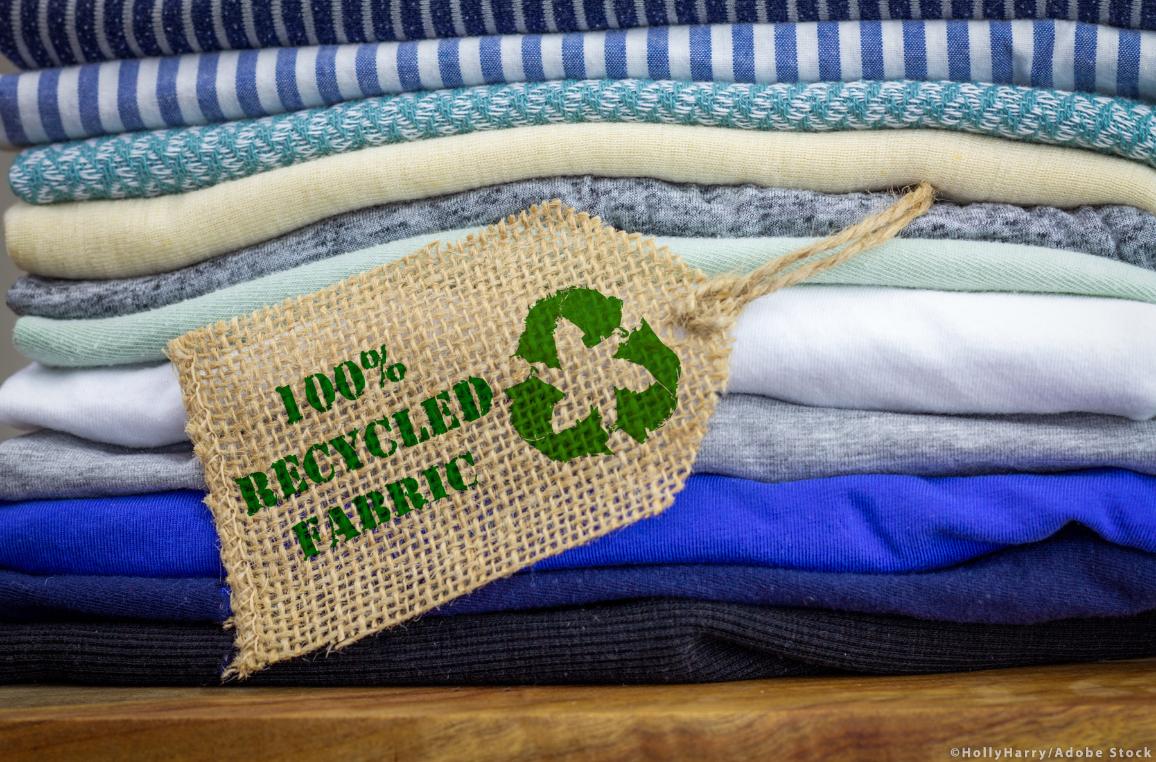Copyright © 2023. All rights reserved Green Harvest Energy Ltd.
Lize SOHO, Building 1, Yard 20, Lize Road, Fengtai District, Beijing
Telephone:15611817788 Zip code:100073 Email:ghe@ghe-cn.com
 Release time:2024-06-26
Release time:2024-06-26
 Number of views:
number
Number of views:
number
Finite resources and climate issues require moving from a ‘take-make-dispose’ society to a carbon-neutral, environmentally sustainable, toxic-free and fully circular economy by 2050.

The Covid-19 pandemic highlighted weaknesses in resource and value chains, hitting small and medium-sized enterprises and industry. A circular economy will cut CO2-emissions, whilst stimulating economic growth and creating job opportunities.
In line with the EU’s 2050 climate neutrality goal under the Green Deal, the European Commission proposed in March 2022 the first package of measures to speed up the transition towards a circular economy, as announced in the Circular Economy Action Plan. The proposals include an expansion of the scope of eco-design rules, empowering consumers for the green transition, as well as a strategy on sustainable textiles.
In November 2022, the Commission published a second package, including a proposal on new EU-wide rules on packaging, and a proposal on EU certification for carbon removals.
A third package was presented in March 2023, including a proposal for regulating green claims by companies and guaranteeing a right to repair products.
In July 2023, the Commission proposed a revision of the Waste Framework Directive to promote the sustainable management of textile and food waste.
In October 2022, Parliament approved a revision of rules on persistent organic pollutants (POPs) to reduce the amount of dangerous chemicals in waste and production processes. The new rules will introduce stricter limits, ban certain chemicals and keep pollutants away from recycling.
In April 2024, Parliament approved establishing of EU-wide certification scheme for carbon removals. It will ensure carbon removal activities are measured in an accurate way, while carbon is stored for as long as possible.
The production process starts with raw materials and global supply chains were hit hard by the Covid-19 pandemic. In 2021, MEPs asked for a comprehensive EU strategy for critical raw materials based on sustainable sourcing and high environmental, social and human rights standards. MEPs wanted to reduce the EU’s reliance on a few non-EU countries and to promote recycling and the recovery of critical raw materials. The Critical Raw Materials Act, pursuing these aims, was adopted in December 2023.
To achieve an EU market of sustainable, climate-neutral and resource-efficient products, the Commission proposed extending the Ecodesign Directive to non-energy-related products and creating Digital Product Passports, with the aim of sharing all relevant information along the product lifecycle. Parliament and the Council reached a deal on the new rules, which Parliament approved in April 2024.
MEPs also backed initiatives to fight planned obsolescence, improve the durability and reparability of products and to strengthen consumer rights with the right to repair. Parliament adopted the directive in April 2024. New rules should ensure that it is easier and cheaper to repair products instead of purchasing new ones.
In January 2024, MEPs approved an agreement with the Council to update the EU consumer rules to ban greenwashing and provide more information to consumers’ on the durability of products.
Parliament also adopted a position in March 2024 on a system for verifying companies’ environmental-related claims. The new Parliament will continue working on the legislation.
Circularity and sustainability must be incorporated in all stages of a value chain to achieve a fully circular economy: from design to production and all the way to the consumer. The Commission action plan sets down seven key areas essential to achieving a circular economy: plastics; textiles; e-waste; food, water and nutrients; packaging; batteries and vehicles; buildings and construction.
MEPs back the European Strategy for Plastics in a Circular Economy, which would phase out the use of microplastics.
Textiles use a lot of raw materials and water, with less than 1% recycled.
The EU strategy for sustainable and circular textiles presented by the Commission in March 2022 aims to ensure that by 2030 textile products placed on the EU market are long-lived and recyclable, made as much as possible of recycled fibres and free of hazardous substances.
Electronic and electrical waste, or e-waste, is the fastest growing waste stream in the EU. MEPs want the EU to promote longer product life through reusability and reparability.
An estimated 10% of all available food is lost or wasted in the EU. MEPs urge the halving of food waste by 2030 under the Farm to Fork Strategy.
Packaging waste in Europe is growing. Each person in the EU generated on average 189 kilos of packaging waste in 2021. In April 2024, Parliament approved a deal reached with the Council on the EU revision of the rules on packaging and packaging waste to reduce this amount and improve the situation.
MEPs agreed new rules requiring the production and materials of all batteries on the EU market to have a low carbon footprint and respect human rights, social and ecological standards.
Construction accounts for more than 35% of total EU waste. MEPs want to increase the lifespan of buildings, set reduction targets for the carbon footprint of materials and establish minimum requirements on resource and energy efficiency. In March 2024, Parliament adopted an update of the rules on the energy performance of buildings, which aim to create a climate neutral building sector by 2050.
The EU generates 2.1 billion tonnes of waste a year. EU exports of waste to non-EU countries reached 32.1 million tonnes in 2022. The majority of shipped waste consists of ferrous metals (iron and steel) and much of them go to to Türkiye. The EU exported a lot of paper waste as well (15%), with India being the main destination.
In February 2024, Parliament approved stricter rules for waste shipments to non-EU countries. The rules will prohibit plastic waste exports to non-OECD countries and introduce stricter conditions for exports to OECD countries. Shipping waste to another EU country will be possible only in exceptional circumstances.